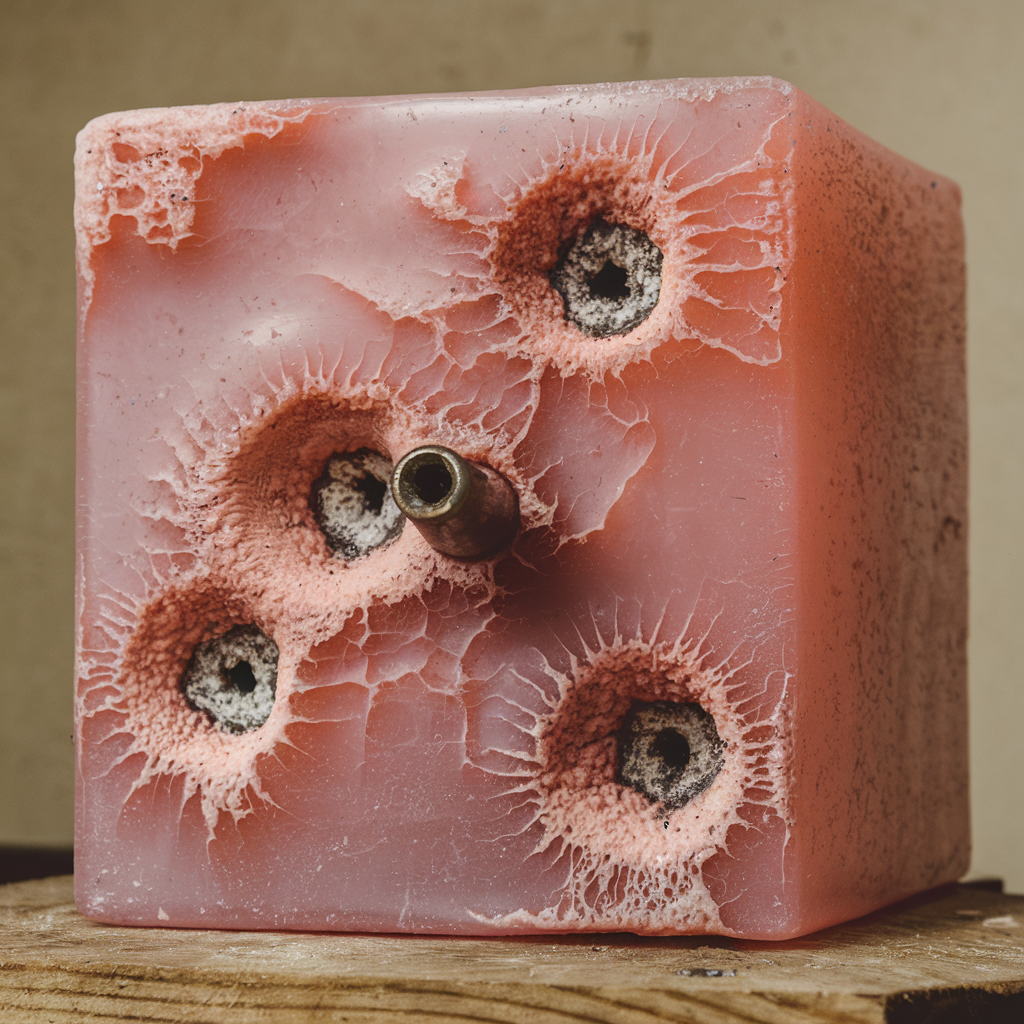The Science Behind Ballistic Gel Testing

Ballistic gel testing is a cornerstone of firearm performance evaluation. This method provides practical insights into the way bullets behave when they come into contact with tissue-like substances. But how does it work, and why is it so widely used by firearm enthusiasts, law enforcement agencies, and researchers alike? Let’s explore the science behind ballistic gel testing to understand its significance.
What Is Ballistic Gel?
Ballistic gel is a synthetic material designed to mimic the density and resistance of human or animal tissue. Its properties make it an ideal medium for studying how bullets perform after impact. By replicating the composition of tissue, researchers can observe penetration depth, expansion, and fragmentation of projectiles in a controlled setting.
There are two primary types of ballistic gel:
- Ordinary Gelatin: Made from gelatin powder mixed with water, this gel is cost-effective but requires refrigeration and careful preparation.
- Synthetic Gel: A reusable and temperature-stable alternative, synthetic gel is convenient but typically more expensive.
Both types are used based on the specific testing requirements and budget constraints of the user.
How Does Ballistic Gel Testing Work?
The process of ballistic gel testing begins with the proper preparation of the gel. The material must maintain a consistent density to ensure accurate results. For gelatin-based gels, this often involves careful heating, mixing, and cooling to achieve standard calibration.
Once the gel is ready, testers fire different types of ammunition at the material. The primary goal is to assess how bullets behave from the point of impact to the point of rest. Several factors are analyzed:
- Penetration Depth: How far the bullet travels into the gel, providing insights into its stopping power and lethality.
- Wound Cavity: The size and shape of the channel created as the projectile moves through the gel, indicating potential tissue damage.
- Bullet Expansion: How well hollow points or other expanding bullets open up upon impact.
- Fragmentation: Whether the bullet breaks apart upon entry and to what extent.
These observations translate directly into actionable insights for selecting ammunition for self-defense, hunting, or duty purposes.
Why Ballistic Gel Matters
Ballistic gel testing bridges the gap between theoretical performance and real-world application. While mathematical models and specs from manufacturers offer valuable data, gel testing provides clear visuals and measurable outcomes. Here’s why it matters:
- Calibrating Expectations: Testing shows if ammunition delivers on its advertised penetration and expansion claims.
- Informing Decisions: Gun owners can select the most effective rounds for their specific needs.
- Training & Safety: Law enforcement and military personnel use gel testing to evaluate ammunition under different scenarios, helping them better prepare for field use.
- Research & Development: Manufacturers use these tests to refine bullet designs and improve performance.
Through this method, users gain confidence in how their chosen ammunition will perform in critical situations.
The Science of Calibration
For testing to yield reliable data, the ballistic gel must mimic human tissue as closely as possible. Calibration plays a crucial role in this process. Gel consistency is usually tested by firing a standard BB pellet at it. The depth of penetration of this BB helps determine if the gel is suitable for testing.
According to FBI standards, the BB penetration depth in 10% ballistic gelatin should fall between 8 and 12 centimeters. This ensures the medium offers realistic resistance to bullet impacts. For synthetic gels, manufacturers often ensure consistency during production, minimizing the need for additional calibration steps.
Real-World Applications
Although ballistic gel testing is a highly controlled and artificial setup, its applications extend far beyond the testing range. Here are some ways it contributes to real-world scenarios:
- Self-Defense: By understanding how various rounds perform, firearm owners can choose ammunition that maximizes stopping power while considering bystander safety.
- Hunting: Hunters use these tests to gauge which bullets will humanely take down game without causing unnecessary suffering.
- Forensic Analysis: Law enforcement agencies rely on ballistic gel to reconstruct shooting events and evaluate bullet behavior in criminal investigations.
- Military Use: Troops assess ammunition performance for effectiveness in combat situations, ensuring the best gear for their missions.
Popular Myths and Misconceptions
Despite its importance, there are several myths surrounding ballistic gel testing:
- “It’s exactly like human tissue.” While gel is a close analog, it does not replicate the complexity of bone, organs, and varying tissue types.
- “FMJ bullets always over-penetrate.” Full metal jacket rounds often go deeper than hollow points, but factors like velocity and target distance can influence outcomes.
- “Gel tests make certain bullets look bad.” Testing simply provides data. The results don’t favor one type of ammunition but instead reveal how it performs under specific conditions.
Understanding these distinctions helps users better interpret the results they see, fostering more educated decisions about their choices.
Tips for Accurate Ballistic Gel Testing
If you’re planning to conduct your own ballistic gel tests, keep these tips in mind:
- Follow standard preparation methods, ensuring consistent gel formulation.
- Calibrate your gel using a BB penetration test before shooting.
- Record your tests with high-speed cameras to capture bullet behavior in detail.
- Conduct tests on a flat, stable surface free of obstructions.
- Maintain consistent temperature for gelatin-based gels, keeping them refrigerated until testing begins.
These practices ensure reliable data and better application of test findings.
Conclusion
Understanding the science behind ballistic gel testing empowers firearm enthusiasts, law enforcement, and researchers alike. This testing method, rooted in physics and material science, offers invaluable insights into bullet performance and real-world dynamics. Whether you’re an experienced hunter or a new gun owner selecting self-defense ammunition, the lessons from gel testing can guide your choices with confidence.
Explore our resources on firearms and ammunition at 2AGun.com to deepen your knowledge and stay informed about the latest advancements in the industry. Your journey to becoming a more educated and responsible firearm user starts here!



